Cholesterol Clarity: 12 "Forbidden" Foods You Can Finally Eat Guilt-Free
Have you ever stood in the grocery aisle, clutching a carton of eggs or block of cheese and wondering, “Is this going to send my cholesterol through the roof?” If so, you’re in good company. For decades, nutrition advice was shaped by fear: eggs, shellfish, whole milk—foods that somehow landed on the “forbidden” list for anyone watching their cholesterol. But here’s some heartening news: science evolves, and so can your approach to eating. Modern research has been steadily chipping away at old myths, clarifying which foods truly deserve caution and which have gotten a bad rap. Instead of guilt, what if we approached food with curiosity and self-care? Today, we’ll walk through 12 once-forbidden foods you can finally enjoy with a lighter heart (and a well-fed one, too). Along the way, you’ll learn why current evidence backs up this freedom—plus a few practical, delicious ways to make these foods part of your own wellness journey. Let’s set the record straight, one tasty bite at a time.
1. Eggs

For years, eggs were pegged as cholesterol villains, leading many of us to skip the yolks in favor of white, flavorless substitutes. The myth was simple: eating eggs would raise blood cholesterol and, therefore, heart disease risk. But the story isn’t that black and white—or yellow. Today’s research shows that for most healthy people, the cholesterol in eggs has only a minimal effect on blood cholesterol levels. The real dietary culprit for elevated cholesterol is usually saturated fat, not the cholesterol found in food like eggs. What’s more, eggs are nutrient powerhouses, packed with high-quality protein, vitamin D for bone health, and choline for brain function. If you enjoy eggs at breakfast—or any meal—there’s room for the whole thing on your plate. Try them poached, scrambled, or inside a veggie-filled omelet for staying power and satisfaction. As always, balance is key, and you don’t need to go overboard. One egg a day works well for most people, and if you’ve been missing that golden yolk, it’s time to crack guilt wide open.
2. Shrimp
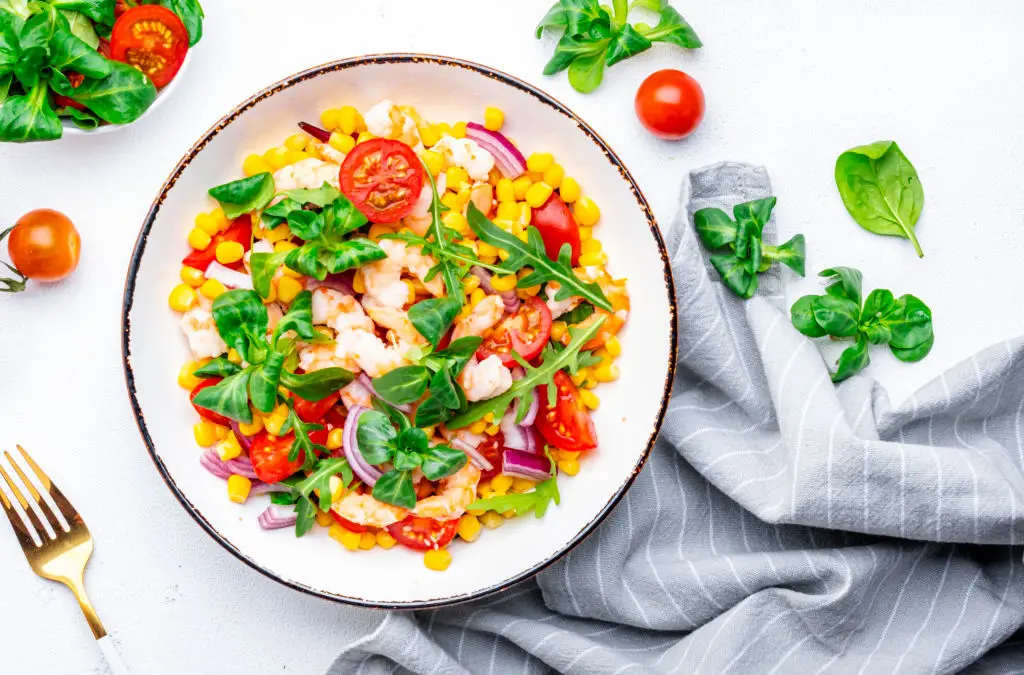
Shrimp used to be viewed with suspicion for anyone managing cholesterol, thanks to naturally high cholesterol content per serving. The logic was clear but outdated: more cholesterol from shrimp meant more in your bloodstream. Yet current nutritional science offers a surprise twist. Shrimp is actually very low in saturated fat, and studies show that eating shrimp doesn’t typically raise LDL (“bad”) cholesterol; in some cases, it can even boost HDL (“good”) cholesterol instead. Beyond that, shrimp is brimming with protein, selenium, and antioxidants like astaxanthin, which help support overall heart health. Grilled shrimp tossed on salads or paired with whole grain pasta makes for a quick, nourishing meal. For those with shellfish allergies or unique medical issues, your provider’s input still comes first—but for most folks, shrimp can reclaim a spot on your plate, no shame required.
3. Cheese
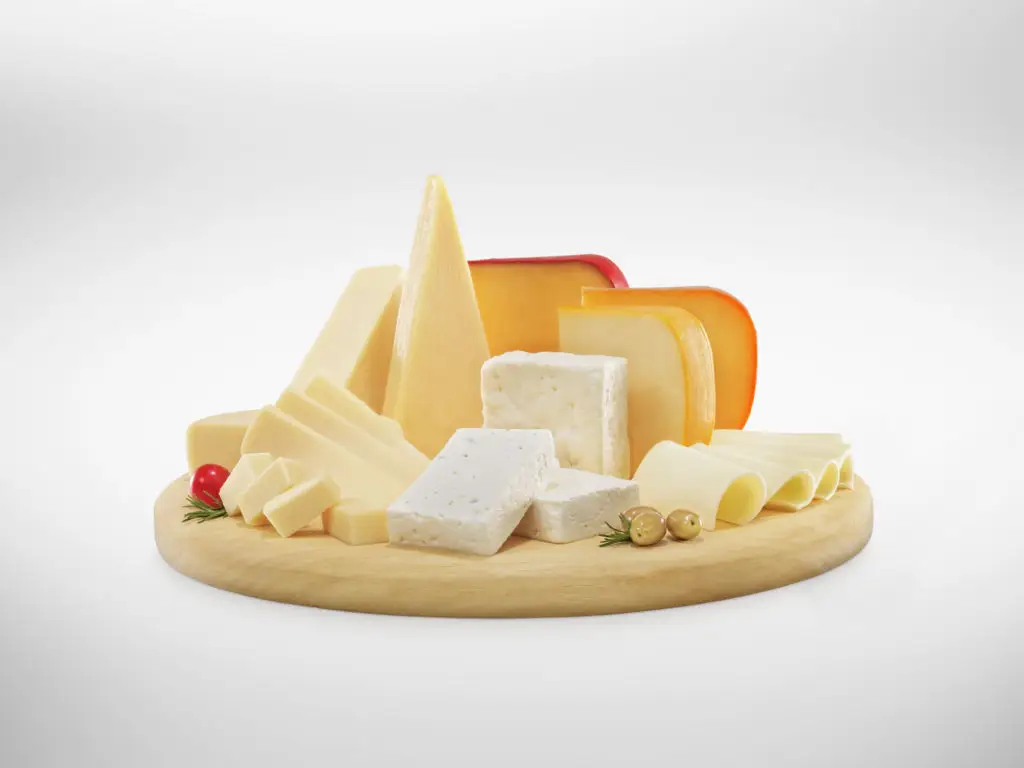
Cheese is a classic comfort food, but for the better part of 40 years, its reputation has been, well, a little cheesy. It’s long been lumped in with foods to avoid for heart health, all due to its cholesterol and saturated fat content. But modern research suggests things aren’t so simple. Many cheeses—especially aged ones like Parmesan or Swiss—are rich in calcium and protein. Studies increasingly show moderate cheese intake does not necessarily raise cholesterol or heart risk, especially when it fits into a balanced diet. The flavor, satiety, and nutrition cheese provides can make healthy eating more sustainable, not less. Enjoying a bit of cheese on a salad, or in slices on a whole grain cracker, won’t undo your wellness efforts. The trick? Be mindful of portions and favor quality over quantity. For a little extra self-care, try a curated cheese board with fruit and nuts as part of a heart-forward gathering.
4. Shellfish (Lobster, Crab)

Shellfish, including lobster and crab, have found themselves on the “no-go” list for cholesterol-conscious eaters for decades. The truth is, while these ocean dwellers are higher in dietary cholesterol, they’re relatively low in saturated fat—much lower than many land-based proteins. Research has shown that moderate consumption of shellfish doesn’t significantly impact cholesterol levels for most people, and many varieties are packed with nutrients such as B vitamins, copper, zinc, and even omega-3 fatty acids. The key is to focus on preparation and portion size—steamed or grilled with herbs and a splash of lemon elevates flavor without extra fat or calories. For special occasions, a few ounces of lobster or crab makes for a nourishing (and very celebratory) self-care treat.
5. Coconut (Shredded, Milk, Yogurt)
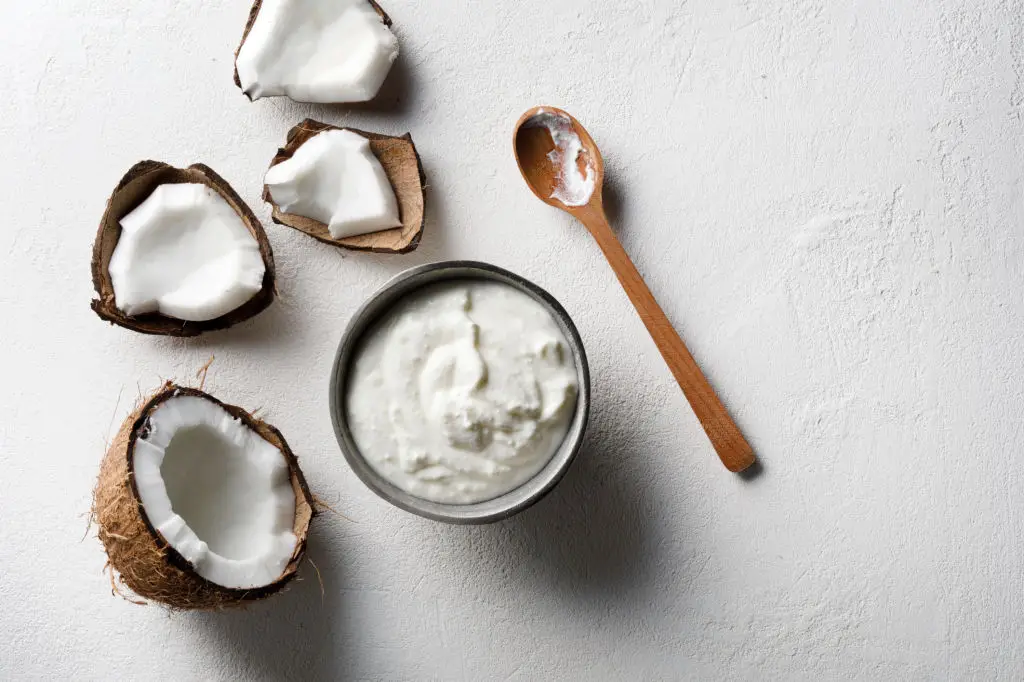
Coconut—whether in the form of shredded flakes, milk, or yogurt—has gotten mixed reviews from heart health circles over the years. The concern? Coconut’s high content of saturated fat, but it’s not a typical saturated fat. Much of it comes in the form of medium-chain triglycerides (MCTs), which the body processes differently than other animal-based fats. The research here is evolving, and while small servings of coconut foods can be included in balanced eating patterns, it’s smart not to go overboard. The delights of coconut can be enjoyed over oatmeal, swirled into smoothies, or as a dairy-free yogurt base. Just watch for added sugars in flavored coconut products. When used mindfully, coconut adds creamy texture, flavor, and a little island escape—no shame, just joyful balance.
6. Dark Chocolate
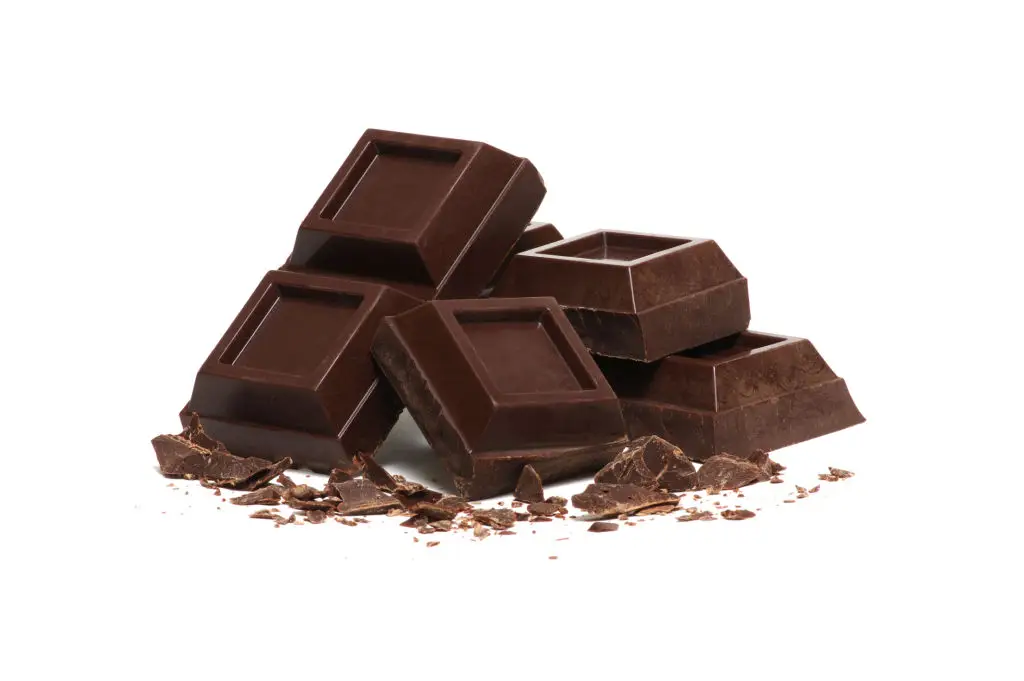
Chocolate has often been cast as a decadent indulgence best saved for rare occasions, especially if you’re concerned about cholesterol or heart health. But the news gets sweet for dark chocolate fans. Unlike milk chocolate, dark chocolate (with at least 70% cacao) is rich in flavonoids—antioxidant compounds linked to improved cholesterol profiles and lower risk of heart disease when enjoyed in moderation. It’s also a source of magnesium and a little fiber, which play their own supporting roles in metabolic health. The key is choosing chocolate with minimal added sugar and savoring a sensible serving. Whether you nibble a square after dinner or melt some into your healthy baking, dark chocolate can be a beautiful, guilt-free part of your wellness ritual.
7. Nuts (Walnuts, Almonds, Pistachios)
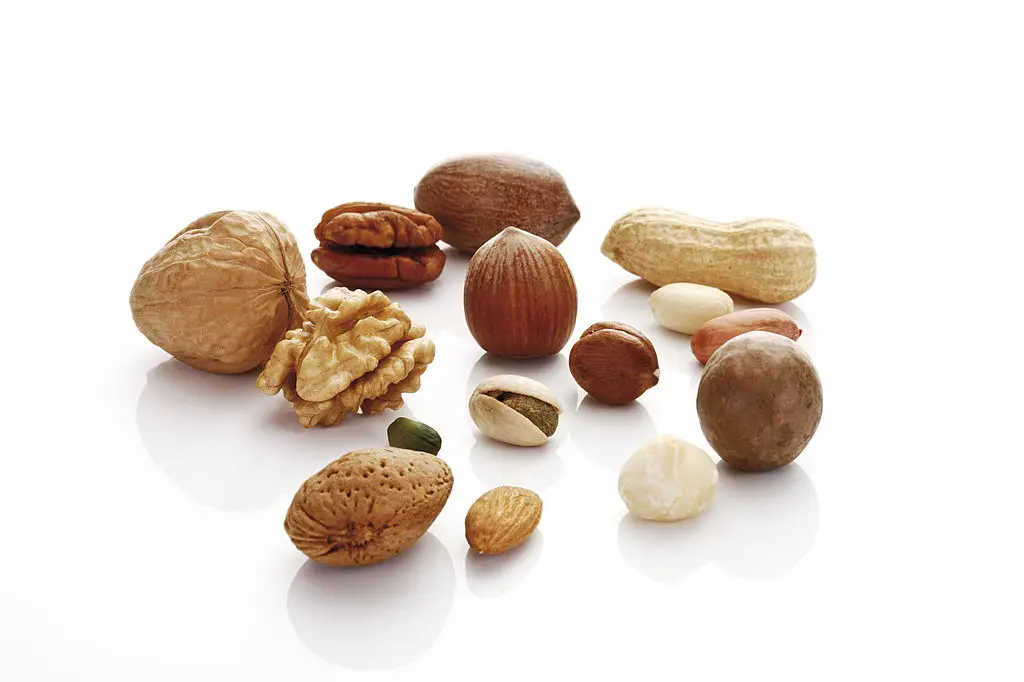
Once mistakenly grouped with “unhealthy” snacks due to their fat content, nuts like walnuts, almonds, and pistachios have had a dramatic redemption arc. Science now shows that eating a variety of nuts regularly can help lower LDL (“bad”) cholesterol and raise HDL (“good”) cholesterol thanks to their abundance of unsaturated fats, fiber, and plant sterols. Nuts also offer magnesium, protein, and even antioxidants, all tucked inside a portable, satisfying snack. The secret is mindful portioning. Instead of snacking straight from the jar, grab a small handful, sprinkle some over oats or salads, or toss them into a homemade trail mix. Nuts offer both crunch and comfort, and saying yes to them is a small, sustainable act of self-kindness.
8. Avocado
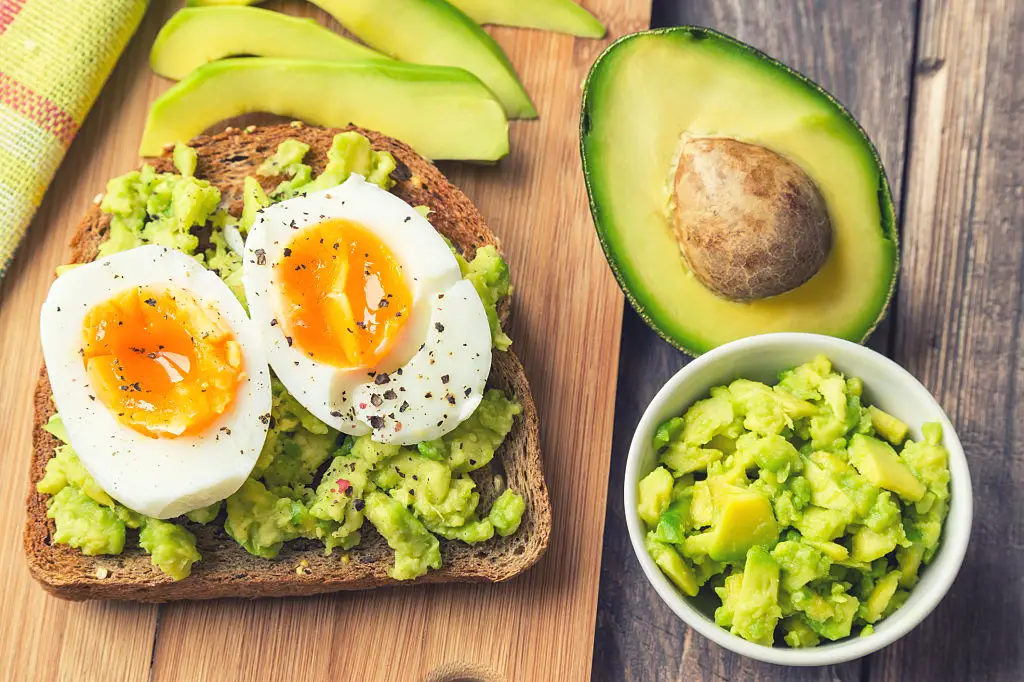
Avocados have faced skepticism due to their creamy richness and higher fat content, but modern findings put them atop the “heart-healthy” podium. Loaded with monounsaturated fats, avocados help lower LDL cholesterol and raise HDL (“good”) levels, supporting overall cardiovascular wellness. They also provide fiber, potassium, and a bouquet of vitamins, making them a versatile nutritional powerhouse. Spoon some onto whole grain toast, slice into salads, or blend into a smoothie for extra staying power. The best part? Avocado’s mild flavor and luxurious texture add satisfaction and nourishment—proving that eating for your heart can feel as indulgent as it does healthful.
9. Lean Red Meat (Beef Tenderloin, Bison)
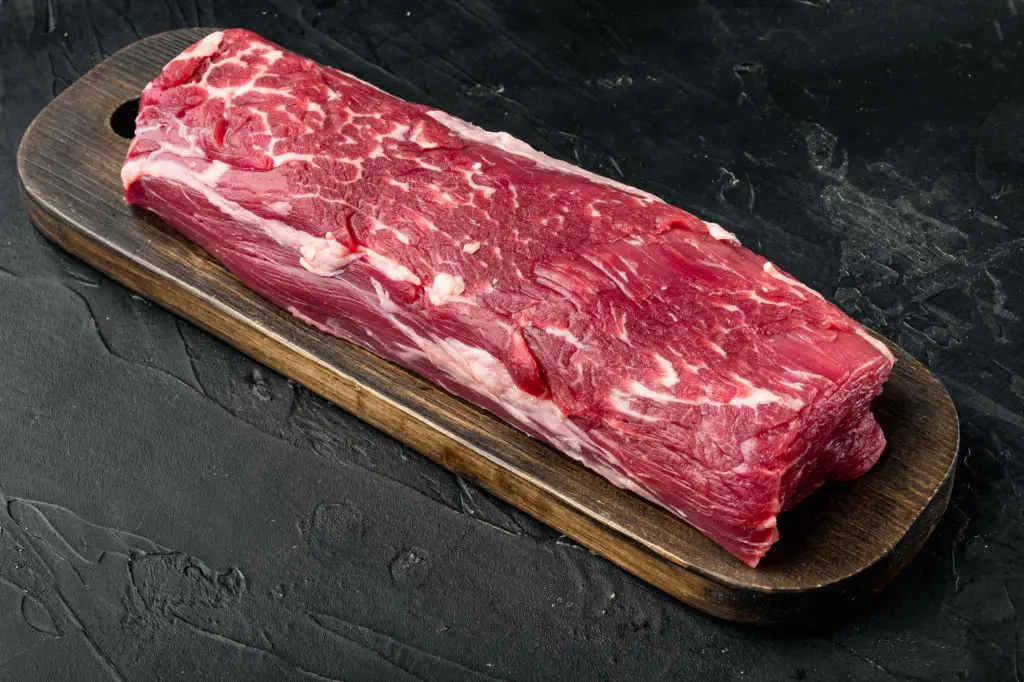
Red meat has long been eyed with caution for anyone focusing on cholesterol, but the conversation is changing. While processed meats and fattier cuts are still best kept occasional, lean breeds like tenderloin and bison offer protein, iron, and B vitamins without the extra saturated fat found in marbled steaks or sausages. When choosing red meat, opt for lean, well-trimmed portions and prepare them using heart-friendly methods such as grilling, broiling, or roasting. Pair them with plenty of veggies and whole grains for a balanced plate. Moderation is the guiding principle—not deprivation—with a three-to-four-ounce serving fitting into most heart-healthy eating patterns. Enjoying lean red meat as part of a varied, colorful diet can nourish both body and spirit.
10. Whole Milk Yogurt
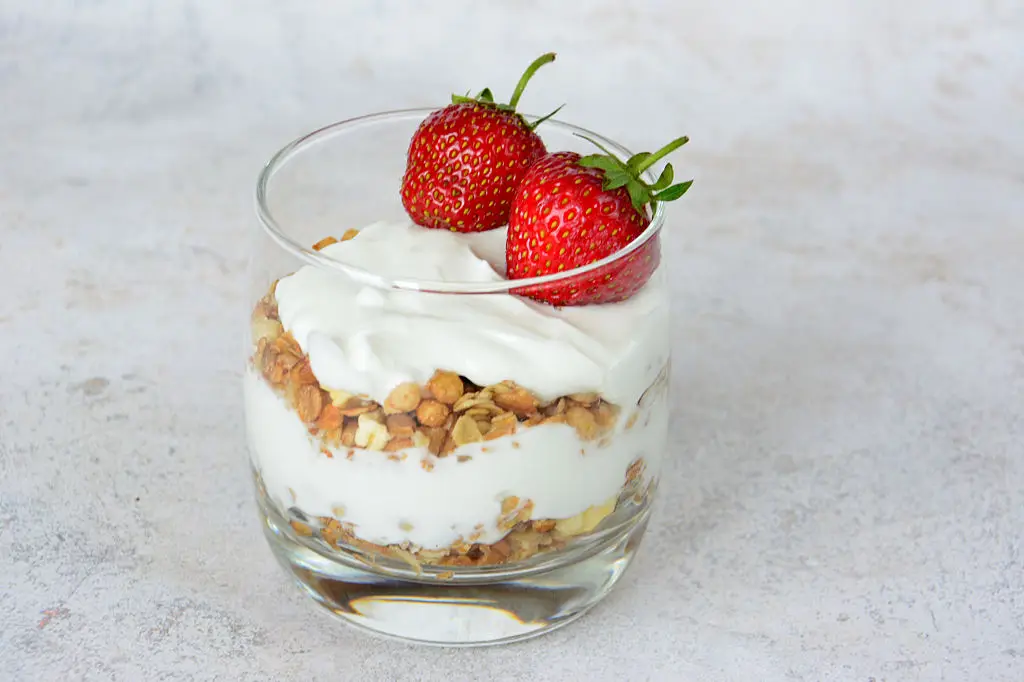
Full-fat dairy once got swept up in the cholesterol panic, prompting yogurt lovers to reach for fat-free, sugar-laden alternatives. But whole milk yogurt, especially fermented types, can be part of your toolkit for a healthy gut and a happy heart. Some newer studies suggest that the foods in their less-processed, full-fat forms—when enjoyed in moderation—may not be linked with elevated cholesterol as once feared. Plain whole milk yogurt offers probiotics, calcium, and satisfying richness, helping curb hunger and sweet tooth cravings alike. Spoon it up with fruit and seeds, layer in nuts for crunch, or whip up a savory dip. It’s a gentle reminder that satisfaction and nutrition don’t have to be at odds.
11. Popcorn (Air-Popped, No Butter)

Popcorn gets called out as “junk food” based on its movie theater ancestors, when it’s drenched in butter and salt. But at its core, popcorn is a whole grain brimming with fiber and natural crunch. When air-popped and dressed with spices or a sprinkling of nutritional yeast, it emerges as a low-calorie, blood sugar-friendly snack that promotes fullness and digestive health. Skip the prepackaged, flavored varieties and pop your own on the stovetop or with an air popper for the best results. Use herbs, smoked paprika, or a dash of cinnamon for variety. It’s a simple way to reclaim snack time—no guilt, just joy.
12. Bacon (Uncured, In Moderation)

Few foods spark stronger dietary debate than bacon. While traditional bacon is high in saturated fat and sodium, choosing uncured, leaner options and enjoying them in moderation allows for flavor without unnecessary worry. Current research shows that the occasional serving of bacon—especially as part of a meal filled with vegetables and whole grains—is unlikely to unravel your cholesterol goals. The trick is portion control and treating bacon as a flavor accent instead of the main event. Pairing a crispy slice with sautéed greens or a veggie-packed breakfast can satisfy cravings and bring pleasure to your plate, no harsh self-judgment required.
A New Chapter for Your Plate (and Your Peace of Mind)

Letting go of old, fear-based rules about food is an act of self-kindness—and a gift to your well-being. As each bite of these once “forbidden” foods shows, nutrition is about more than numbers; it’s about enjoying meals and building habits that support your health and happiness over time. By choosing evidence over myths, you create space for satisfaction, diversity, and discovery at your table. Yes, science will keep evolving, and yes, it’s important to honor medical advice specific to your needs. But you no longer have to carry food shame or guilt from decades-old misunderstandings. Celebrate progress—one delicious moment at a time. After all, caring for your heart begins not with restriction, but with nourishment, joy, and a deep respect for your lived experience. Here’s to finding pleasure and freedom in every recipe rewrite, snack swap, and mindful bite ahead.